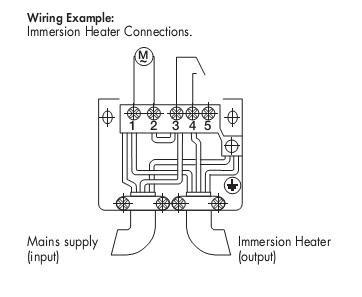Oh, I see.It was I who started this branch of the discussion and I can assure you that the potentially misleading terminology was precisely 'the point' (and the only point) I raised - so, regardless of what others may wish to discuss, I'm missing nothing.
My apologies - I mistakenly thought that you were trying to say that stevo's idea that he might be able to use alarm cable was due to the potentially misleading term "volt free" rather than fundamental ignorance.
I hadn't realised that you'd decided to start up a generic complaint about something which had no bearing on the potentially incorrect approach that the OP was going to adopt.
Thank you for making it clear, as I can now ignore any more tedious and pointless, misleading even, off-topic nonsense from you.



